Cities are waking up to the fact that architecture cannot continue in a throwaway cycle of build–demolish–repeat. Instead of flattening the past to make way for the future, a new architectural ethic is asking: what if tomorrow’s skylines could be woven from yesterday’s structures?
This is the promise of adaptive reuse — the practice of transforming old factories into cultural landmarks, rail lines into parks, or embassies into public spaces. Once a niche idea, it has now become a driving force of the circular city movement: reuse before rebuilding, preserve character, and dramatically cut carbon emissions.
Studies show that reusing an existing building instead of demolishing it can save between 50–75% of embodied carbon, making it one of the most powerful climate strategies in the built environment. For architects, it is not just an environmental duty but also an opportunity to design more creatively within the bones of history.
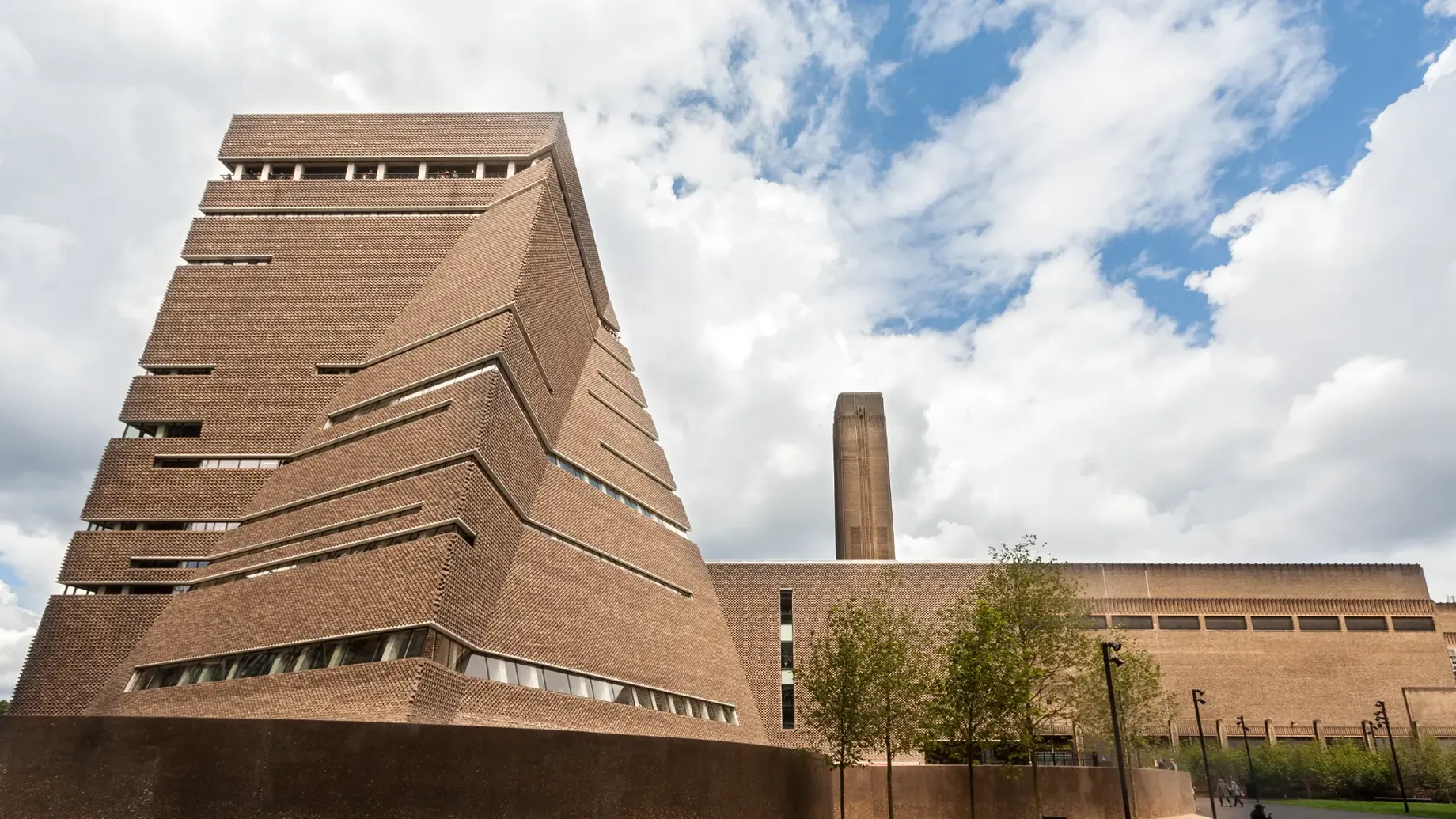
What the Circular Revolution Really Means in Architecture
The circular revolution flips the old logic of “out with the old, in with the new.” Instead, it treats buildings as living resources that can be extended, adapted, and reinvented.
Architectural theorist Liliane Wong, in her book Adaptive Reuse: Extending the Lives of Buildings, argues that reuse is not merely conservation but a design strategy that demands new creativity. Similarly, Françoise Astorg Bollack, author of Old Buildings, New Forms, categorizes reuse tactics — from insertions to wraps — showing how architects are reinventing cities with daring yet respectful design moves.
In essence, the circular revolution is not about nostalgia. It’s about seeing value — cultural, environmental, and economic — where older generations might have seen only rubble.
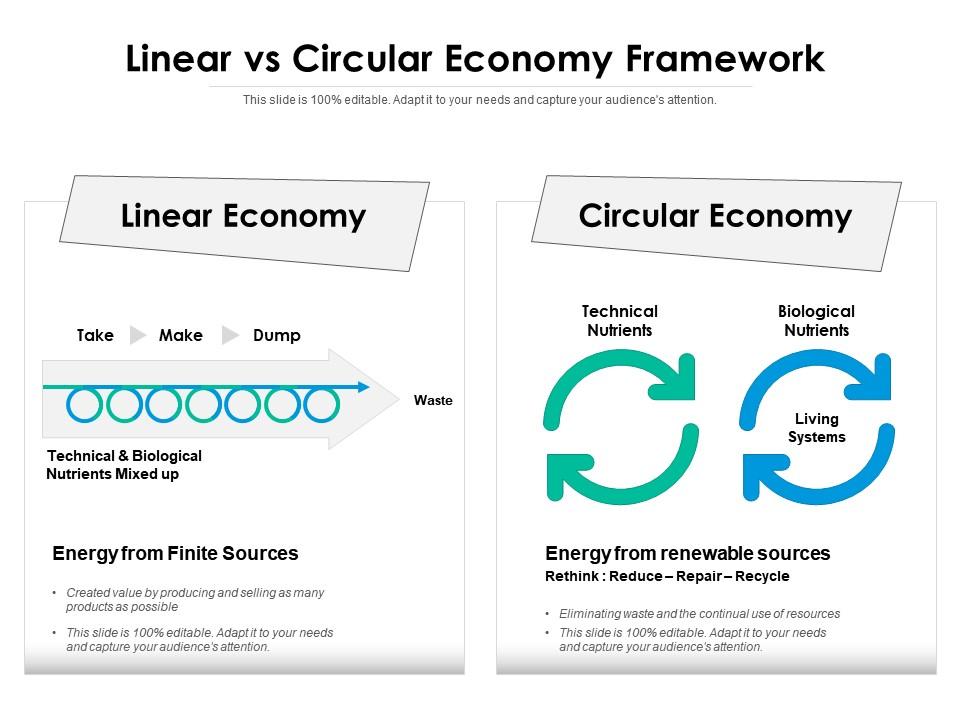
(Slideteam.net)
Why Architects Are Leading the Movement
Adaptive reuse is not just a construction practice; it’s a design movement that only architects can fully lead.
- Climate urgency – Every reused beam and brick avoids emissions from new material extraction.
- Cultural continuity – Old structures tell stories; architects can preserve identity while introducing modern utility.
- Economic revival – Reuse often turns forgotten urban spaces into thriving districts.
- Design innovation – Constraints of old structures push architects to innovate beyond cookie-cutter glass towers.
Five Reasons Adaptive Reuse Is Bold and Urgent
- It delivers instant carbon savings compared to new construction.
- It protects cultural memory while creating fresh functions.
- It sparks economic and social revival in underused districts.
- It forces creativity through constraint — architects must invent within existing bones.
- It matches public demand for more authentic, human-scaled, and story-rich cities.
Case Studies: Adaptive Reuse That Reshaped Skylines
Tate Modern, London
Once a coal-fired power station, now a global cultural icon. Herzog & de Meuron’s transformation of the Bankside Power Station into the Tate Modern proved how adaptive reuse could redefine an entire district and become a new civic heart.
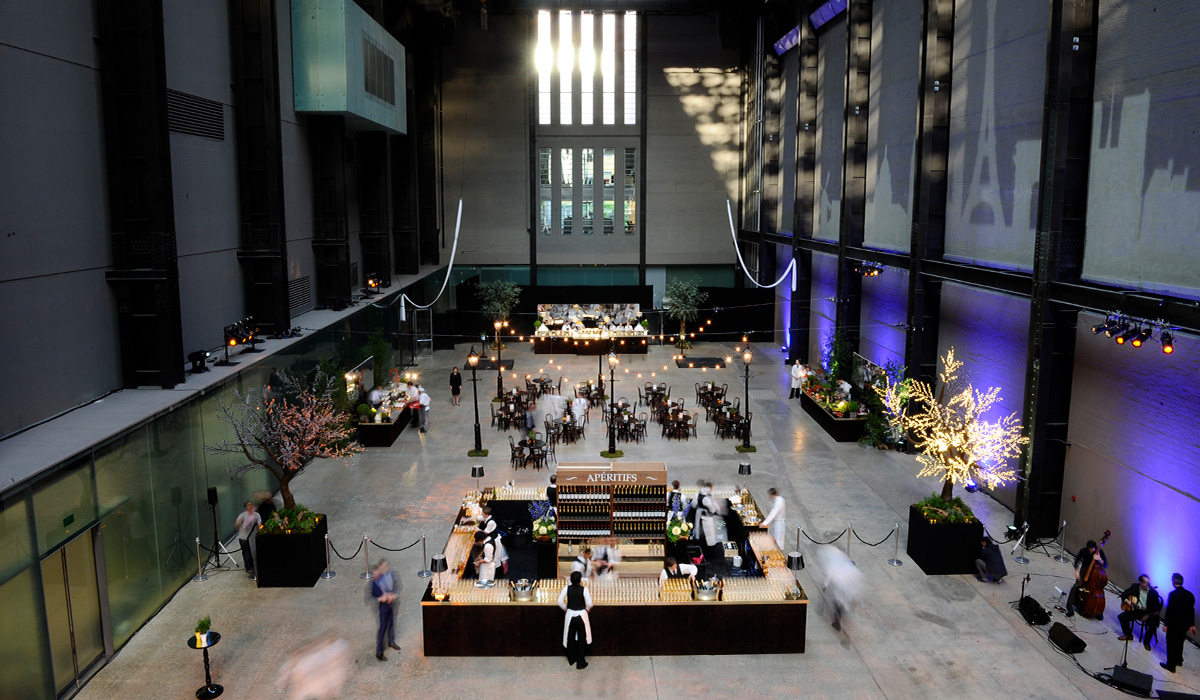
(Tate Events)
The High Line, New York
A rusting elevated railway turned into a linear park that became one of New York’s most beloved public spaces. The High Line sparked global conversations on how obsolete infrastructure can be reborn as community assets.
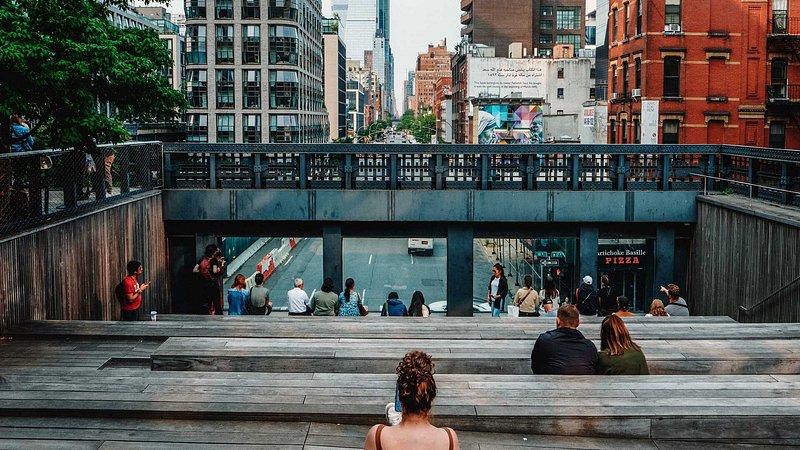
(Trip advisor)
Chancery Rosewood, London
Sir David Chipperfield Architects transformed the former U.S. Embassy in Grosvenor Square into a luxury hotel. The project highlights the opportunities — and controversies — of reusing high-security civic architecture for new public-facing roles.
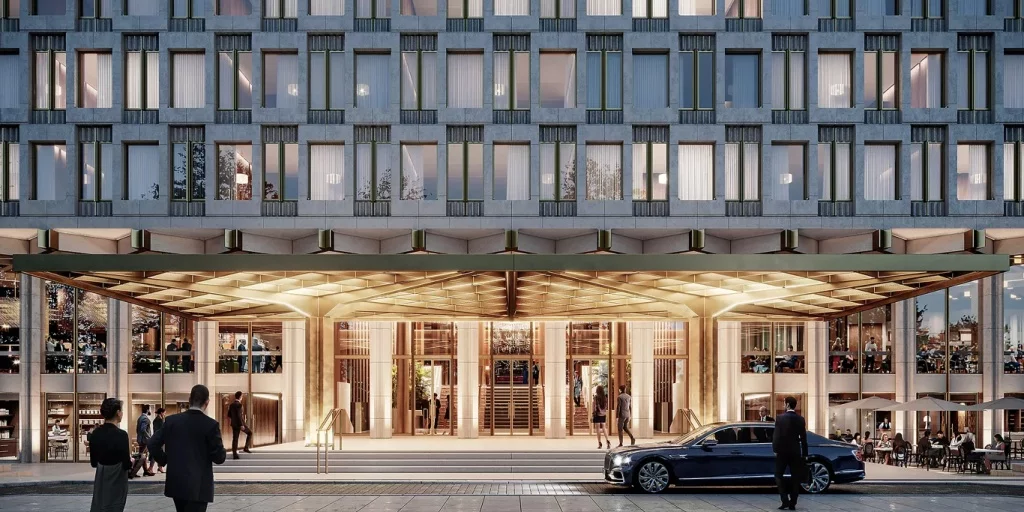
(THP News)
How Architects Do It: Key Strategies
- Insertions: placing new volumes within old shells.
- Wraps: stabilizing and updating façades with new layers.
- Juxtapositions: old and new volumes kept distinct but complementary.
- Parasites: contemporary additions “feed off” existing structures, visually and structurally.
These tactics, catalogued by Bollack and Wong, form the designer’s toolkit for working creatively with the past.
Tools Accelerating the Circular Revolution
- 3D scanning maps existing structures in detail.
- Digital twins simulate performance upgrades before construction.
- AI-assisted design explores retrofit options faster than manual workflows.
Voices Shaping the Conversation
- Elizabeth Fazzare (Architectural Digest) – reported on the Seoul Biennale and how adaptive reuse connects design with joy in everyday life.
- SuhYoung Yun (Wallpaper)* – highlighted the “Humanise” campaign, showing the social and emotional stakes of architecture.
- Oliver Wainwright (The Guardian) – frequently critiques restoration dilemmas, showing the messy ethics of adaptive reuse.
- Liliane Wong & Françoise Astorg Bollack – authors who provide frameworks and typologies for global practice.
Their work gives intellectual depth to a movement that is as cultural as it is technical.
Looking Ahead: The Future of Circular Skylines
The next generation of skylines will not be glass and steel alone — they will be layered, textured, and storied, combining historic bones with modern performance. Expect:
- Hybrid façades mixing old masonry with high-performance skins.
- Entire districts planned through coordinated reuse strategies.
- Policies that incentivize keeping what already exists.
- Design culture that values memory as much as novelty.
Adaptive reuse is the process of repurposing old buildings for new uses while preserving their structure and character.
Because it avoids the massive embodied carbon of new construction, making it one of the fastest paths to climate action in architecture.
Not always. Costs can be high due to hidden issues, but long-term cultural and environmental value often outweighs initial expenses.
Herzog & de Meuron (Tate Modern), David Chipperfield (Chancery Rosewood), and Diller Scofidio + Renfro (High Line) are among the best-known.
It is the shift from linear “build–demolish” cycles to circular thinking where materials, buildings, and cultural assets are reused and reinvented.
Conclusion
Adaptive reuse is not just a clever design trick. It is a declaration of values. It says we can honor memory while meeting new needs, reduce emissions while enriching public life, and discover creativity in constraint.
The circular revolution is architecture’s boldest move because it is not just about buildings — it is about time, trust, and responsibility. It is about proving that the future does not always need to erase the past to be new.

